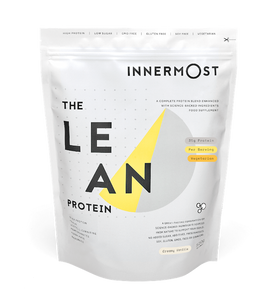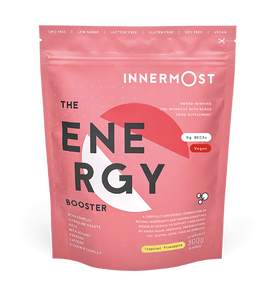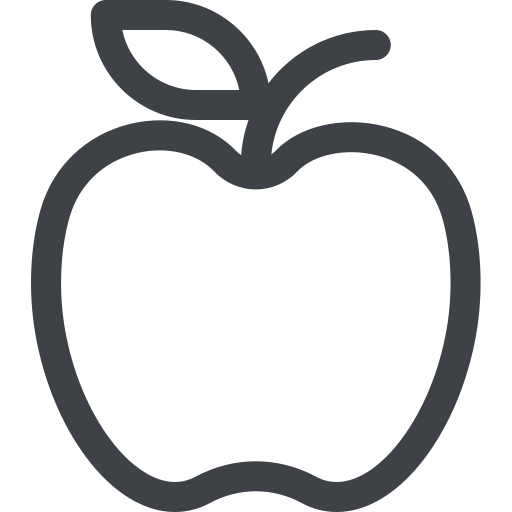Whether you want to start lifting weights after reading a few how-to guides online, or your gym friends have offered to show you the ropes, knowing where to begin with bars, barbells and reps is no easy task. You may have found yourself scrolling the internet in vain for weight lifting tips for beginners (information overload is definitely a thing), and asking your friends (or gym companions) for information around how to start lifting weights, the right way.
Even once you’re over the nerves that often come with stepping into a weight room for the first time, it can be hard to know if you’re doing the right type of lifting for your body type, and that matches what you want to achieve.
So we wanted to be the people that made that guide. The one that gave you all the information. The one that you're reading right this second, that is jam-packed with weight lifting tips for beginners, a comprehensive description of the benefits of lifting weights, and all that jazz. Yeah, that guide.
Let's get into it.
Results happen faster than you think
Of course you’re dedicated to your weightlifting - but contrary to popular belief, you don’t need to be at the gym for two hours every single day. Which is, frankly, great news for your social life.
While the sweat and exhaustion that come from daily intense workouts is satisfying, lifting for too long can actually be counterproductive as it means that the weights you’re lifting probably aren’t heavy enough. To train effectively, you have to place your muscles under stress and cause fatigue, which results in muscle growth. If your weights are too light, you won’t stimulate this process.
A good guideline for training is that the last two to three reps of any set should feel challenging, but not impossible. And most importantly, once you feel your performance declining, it’s time to hit the shower.
Anywhere from three to five days a week is a good number of times to train. The last thing you want to do is push yourself too hard for too long, which could result in injury and exhaustion.
Compound exercises are the most effective

You're probably thinking... Innermost, I'm a beginner. What are compound exercises?
It's simple, really. Compound exercises are simply exercises that make the most of your workout. They're exercises that work two (or multiple) muscles at the same time.
We all know that bicep curls and calf raises are great exercises. But you’ll get the most out of your workout by repping compound movements which work multiple muscles groups at a time. Examples of these compound exercises include deadlifts, squats, bench presses and back rows. These mimic the way your body moves in everyday life.
While exercises for single muscle groups are important, they should be used to complement compound exercises and to enhance muscle growth rather than make up the majority of your gym sesh.
Being sore doesn’t mean being better
One of our biggest weight lifting tips for beginners is that no pain no gain really doesn't apply here. You could argue that this is one of the major benefits of lifting weights... if you want. Sorry cardio lovers.
We’re sure you’re secretly thrilled to hear this. How many times have you read the phrase ‘no pain no gain’ on the walls of a gym? We’re betting quite a few. Soreness is not the indicator of a good workout, and chasing that pain is likely to lead to a decrease in the quality of your performance.
While it may feel satisfying to struggle to ascend the stairs after leg day, if you’re consistently in a lot of pain after the gym it could be a sign that you’re training too hard and should take it easier. Instead of measuring progress by the amount of pain in your muscles, it’s a good idea to keep a log of the weights you’re using and the reps you’re trying, so you can track and incrementally increase them in a safe, controlled manner.
Rest is just as important as lifting
You might not think it, but recovery is actually what makes you stronger. If you’re not giving your body time to rest, it won’t matter how hard you’re lifting weights. Recovery time and downtime gives your muscles the time they need to rebuild once you’ve broken them down with your intense routine.
In terms of weight lifting tips, the key here is listening to your body. If you find you’re particularly tired the day after a certain kind of workout, or you’ve gone hard one day and don’t feel like doing anything the next, that’s a sign that your body needs some time to relax and rebuild so you can become stronger.
If sitting still for too long makes you itchy, consider a different type of workout such as yoga or Pilates, which will help you towards your general fitness goals while giving your arms, legs and core the time and space they need to recoup. That way the next time you enter the gym, you’ll be able to smash your record and continue striving towards your goals.
Innermost is ready and waiting to support you in your fitness goals. If you’re into lifting, our The Strong Protein helps you to push yourself harder, reduces inflammation and speeds up recovery to help you get stronger, quicker. The Recover Capsules will help you to get the most out of that all-important downtime.



















